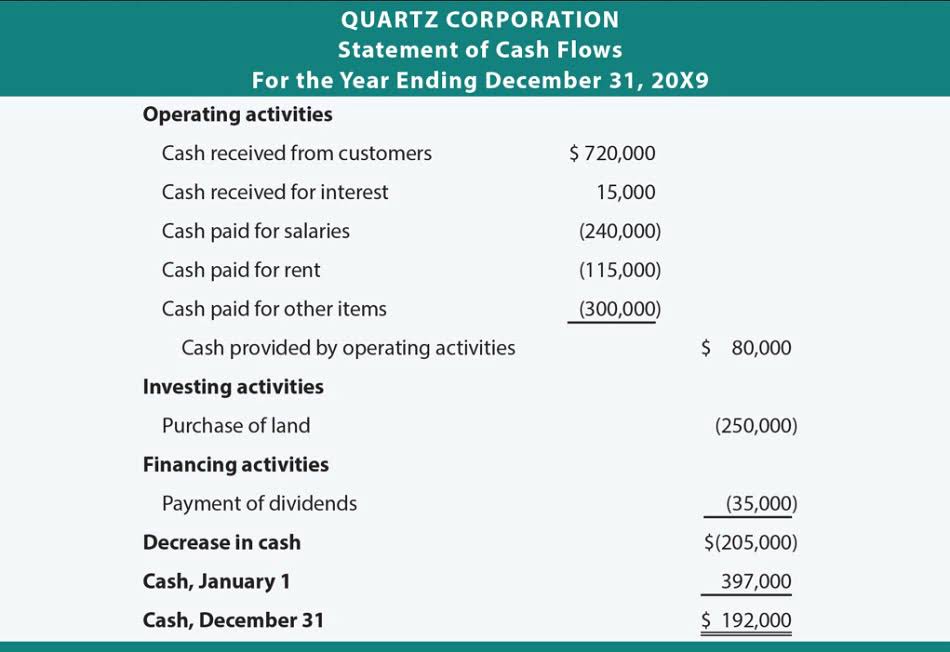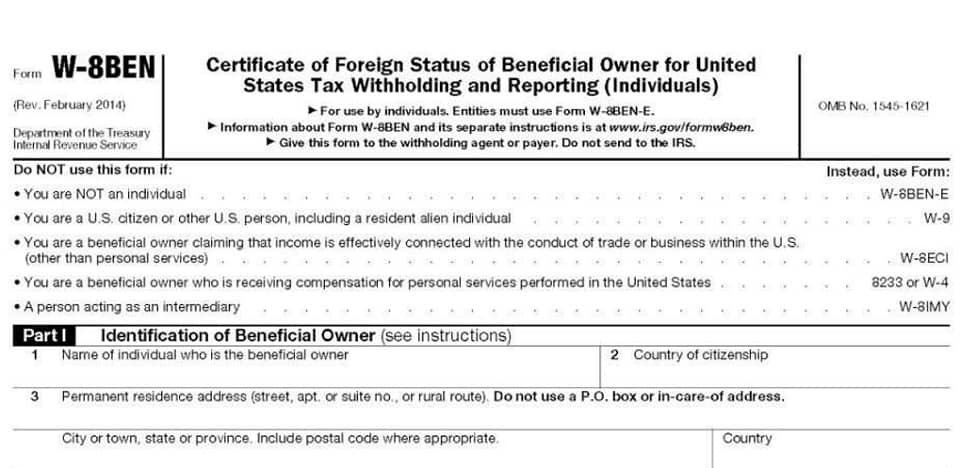
When drawing certain assumptions for salvage value and depreciation, companies usually normal balance consider an appropriate set of principles for this. If a company forecasts that a particular asset will be useful in contributing to revenue for an extended period, then it will have a longer and equally useful life. You can determine the estimated salvage value for any type of asset that a company ought to be depreciating on its records as time goes by. Every company tends to have its own standards for estimating an asset’s salvage value. For instance, firms may opt to continually depreciate a certain asset to $0, especially when the salvage value is only very minimal.

Find More Calculator ☟
Salvage value must be carefully documented within a company’s financial reporting, often accompanied by detailed notes explaining estimation methods and assumptions. Regular audits and reviews are necessary to ensure compliance, as robust auditing capabilities verify all asset transactions are accurately recorded. Taking these factors into account supports accurate financial portrayals and maintains stakeholder trust. Understanding the interaction between these taxes and the ultimate salvage worth is essential for knowledgeable monetary decision-making. Contemplate a state of affairs the place two an identical property are offered for a similar worth.

Formula: after-tax net cash flows
Salvage value is defined as the book value of the asset once the depreciation has been completely expensed. It is the value a company expects in return for selling or sharing the asset at the end of its life. My depreciation calculator includes both MACRS depreciation calculations and straight-line book depreciation calculations.

How to Analyze Net Capital Spending in Capital Budgeting?
It impacts the calculation of depreciation expense, which in turn affects net income and tax liabilities. Furthermore, knowing the salvage value helps businesses in decision-making regarding asset replacement or disposal. It just needs to prospectively change the estimated amount to book to depreciate petty cash each month.
Net Capital Spending Calculation Example
For instance, a property’s salvage value might involve the expected price of land after removing any buildings or infrastructure. How much the desk is worth at the end of seven years (its fair market value as determined by agreement or appraisal) is its residual value, also known as salvage value. This information is helpful to management to know how much cash flow it may receive if it were to sell the desk at the end of its useful life. If you lease a car for three years, its residual value is how much it is worth after three years. The residual value is determined by the bank that issues the lease, and it is based on past models and future predictions.
Companies use this value to figure out how much to subtract from the original cost of the thing when calculating its wear and tear. Salvage value can be considered the price a company could get for something when it’s all used up. Sometimes, the thing might be sold as is, but other times, it might be taken apart and the pieces sold. So, Outsource Invoicing salvage value is the money a company expects to make when they get rid of something, even if it doesn’t include all the selling or throwing away costs. The double-declining balance method doubles the straight-line rate for faster depreciation.
- In corporate finance, the net capital spending (NCS) metric is measured to track the current state of a company’s growth trajectory, as well as to support capital budgeting decisions.
- The straight-line method is a way to calculate depreciation by evenly spreading the asset’s cost over its useful life.
- Companies can also use comparable data with existing assets they owned, especially if these assets are normally used during the course of business.
- However, in some cases, a tax salvage value may only pertain to a value that a business believes or thinks it can acquire by selling an inoperable or depreciated asset for various parts.
- An asset in good condition is likely to have a higher salvage value compared to one that is damaged or in poor condition.
Download the Straight Line Depreciation Template

Consider factors like current market trends, the car’s condition, and depreciation rate. Often referred to as the scrap value or residual value, it plays a key role in determining the annual depreciation expense of an asset such as a car. Industry resources or professional appraisals can aid in determining an accurate estimate.
- However, the taxpayer benefits from MACRS depreciation by having a lower net present value for their tax burden.
- It refers to the estimated value that an asset will have at the end of its useful life.
- Also integrating an AI mechanism like ERP.AI to your ERP system can make it smarter by enhancing enterprise process, data governance & decision-making.
- This diligence empowers organizations to optimize useful resource allocation, maximize returns from asset disposal, and obtain monetary aims.
- If the same crane initially cost the company $50,000, then the total amount depreciated over its useful life is $45,000.
How to calculate direct labor
Cash method businesses don’t depreciate assets on their books since they track revenue and expenses as cash comes and goes. However, calculating salvage value helps all companies estimate how much money they can expect to get out of the asset when after tax salvage value its useful life expires. Salvage value is an asset’s estimated worth when it’s no longer of use to your business.
